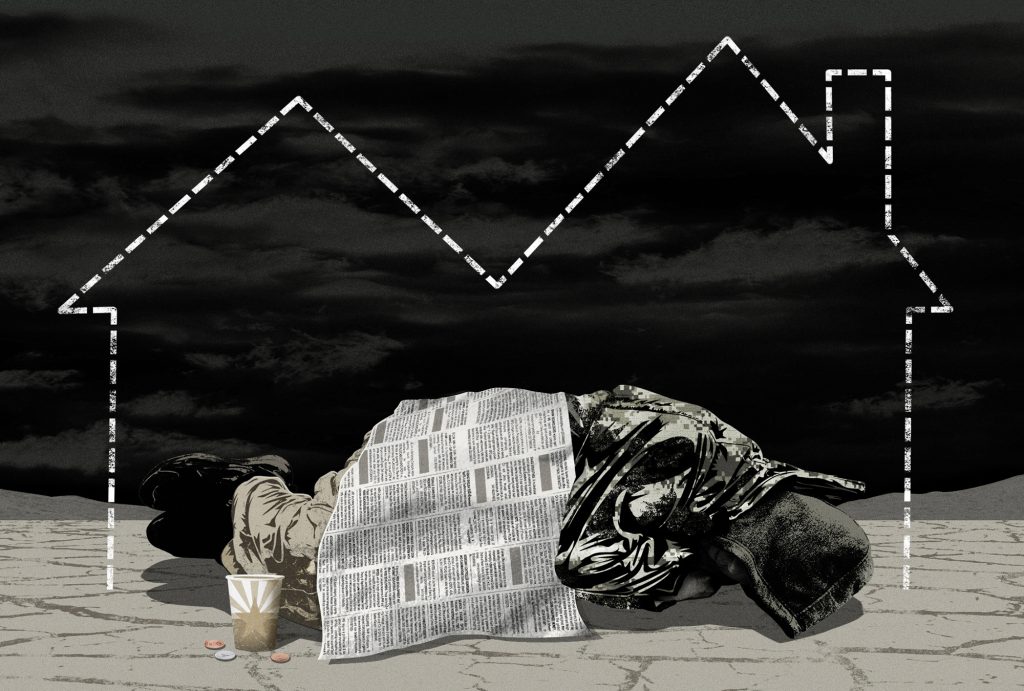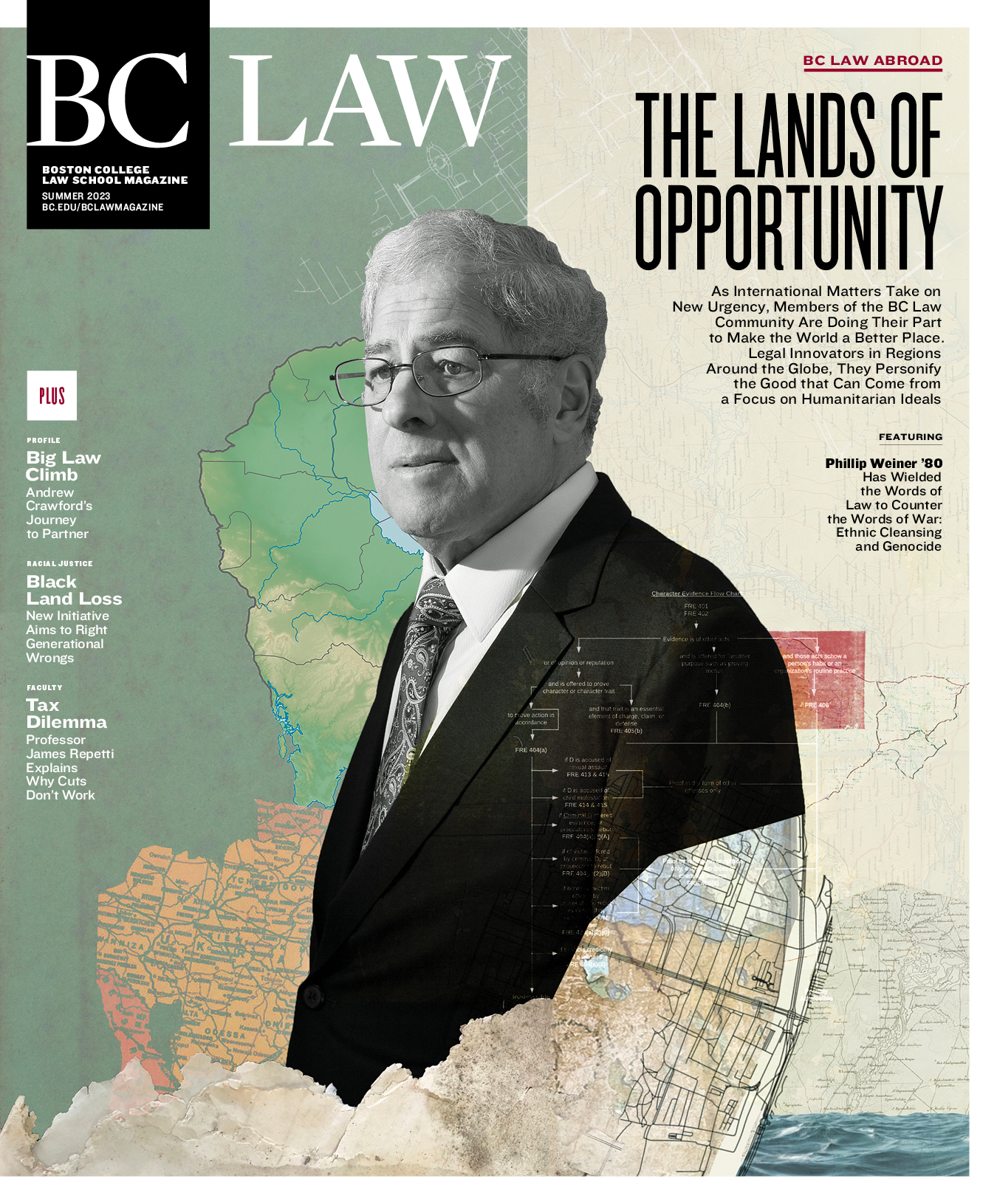The United States is in the midst of an unparalleled affordable housing and homelessness crisis. The most conservative estimate puts the number of individuals forced to live unhoused each year at around 580,000 nationwide, while the episodic nature of homelessness means that this number is likely much higher and perhaps closer to 5 million. At the same time, there is a critical shortage of affordable housing in the United States and there are only thirty-six units of rental housing for every 100 households with extremely low incomes across the nation.
In response to this crisis, various jurisdictions across the United States have introduced some form of a right to shelter. For instance, a comprehensive right to shelter has existed in New York City since the 1970s, with some 75,540 people spending a night in a city-provided shelter during March 2023. Other more limited right to shelter legal regimes exist in Washington, DC, which provides shelter in severe weather conditions, or in Massachusetts, which provides shelter to eligible families. Similarly, the Ninth Circuit’s 2018 decision in Martin v. Boise upholding the constitutional rights of individuals experiencing homelessness provides the potential contours for a limited right to shelter built around Eighth Amendment jurisprudence.
Despite these individual jurisdictional efforts, however, no federal law recognizes a right to shelter, and the United States Supreme Court foreclosed a constitutional right to housing in the 1970s.
This crisis threatens the very fabric of our society, and the impact that homelessness has on individuals cannot be overstated. Homelessness denies individuals’ humanity and strips away their most basic human dignities. It is anathema to freedom and leads to violence, reduced health, and death: The life expectancy of individuals experiencing homelessness is just forty-eight.
Modern homelessness is an entirely solvable problem, however. Research shows that homelessness, although sometimes exacerbated by individualized factors such as mental illness or substance use, is overwhelmingly the simple result of failing to create enough affordable housing at a fast enough pace.
In addition to the myriad collateral consequences of homelessness, our legal system leaves unsheltered individuals in a state of legal disability, and various fundamental constitutional protections are effectively premised on access to real property. This includes the Fourth Amendment’s protections against unreasonable governmental search and seizure, which require demonstrating a reasonable expectation of privacy—all but impossible for someone living outdoors—in order to benefit from constitutional rights to privacy.
At the same time, our current property system, with its sole focus on individual rights and perpetual ownership via the fee simple absolute, provides individuals experiencing homelessness with no mechanism to access property.
The scale of the current homelessness and affordable housing crisis demands bold action if our property system is to remain fit for purpose. The approaches taken in jurisdictions that have introduced a right to shelter show the value of property laws that center progressive property notions such as human flourishing and access to vital resources. Providing minimal property interests to individuals experiencing homelessness via a right to shelter creates more expansive property rights that reorient the property system towards meeting the needs of marginalized communities rather than solely arbitrating between competing property claims. Without an explicit and codified national right to shelter, individuals experiencing homelessness will continue to be disempowered by a property system that is more concerned with maintaining individual rights for a privileged few than with providing access to resources for society’s most vulnerable members.



